What Are HY-GUARD EXCLUSION Products?
September 21st, 2023 | 5 min. read
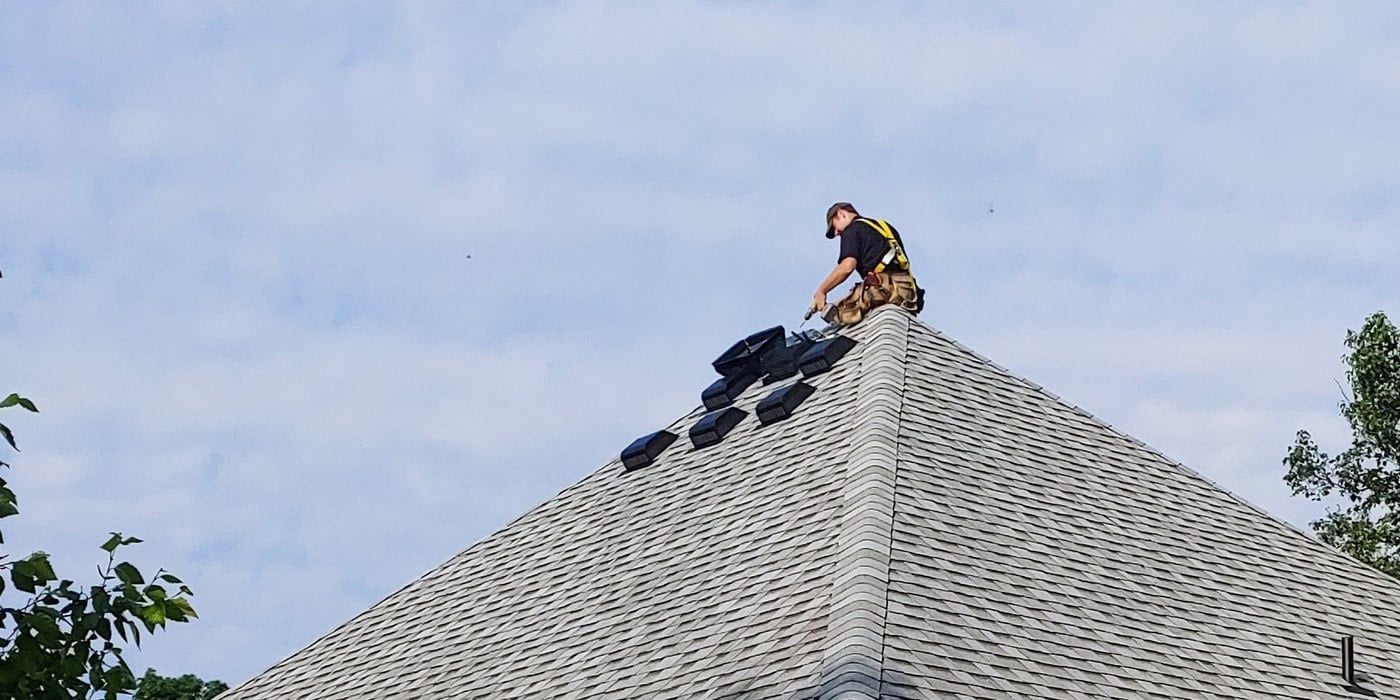
Proper ventilation is essential for any home. Whether it’s air being drawn in through your soffits, into the attic, and out through the roof vents or outlets for appliances like a dryer or fireplace, keeping fresh, clean air is important for the health of the home and the homeowners alike.
Unfortunately, though, ventilation comes with tradeoffs. Ventilation means holes in your home, and holes in your home mean any number of unwelcome guests could creep through. From small or medium-sized animals to crawling, flying, and stinging insects, the last thing homeowners want is for outside wildlife to get inside the house.
The solution to keeping wildlife out comes in the form of exclusion products. And while there are plenty of great brands on the market, at HY-C, we manufacture HY-GUARD EXCLUSION: a line-up of wildlife control products engineered to keep critters out of your home while still allowing that all-important air circulation to take place.
But what kinds of products are in the line? How do they work? And what are they made of? In this guide, we’ll answer those questions (and more) to help familiarize you with what wildlife control products are and what they do. By the time you’re done, you’ll know exactly what kind of pests to keep out and how you can stop them from getting into your home.
What Kind of Wildlife Control Products Does HY-GUARD EXCLUSION Make?
HY-GUARD EXCLUSION products have multiple purposes and keep out all kinds of critters, but each product falls into one of three distinct categories:
- Exclusion caps
- Exclusion screens
- Exclusion guards
Exclusion Caps
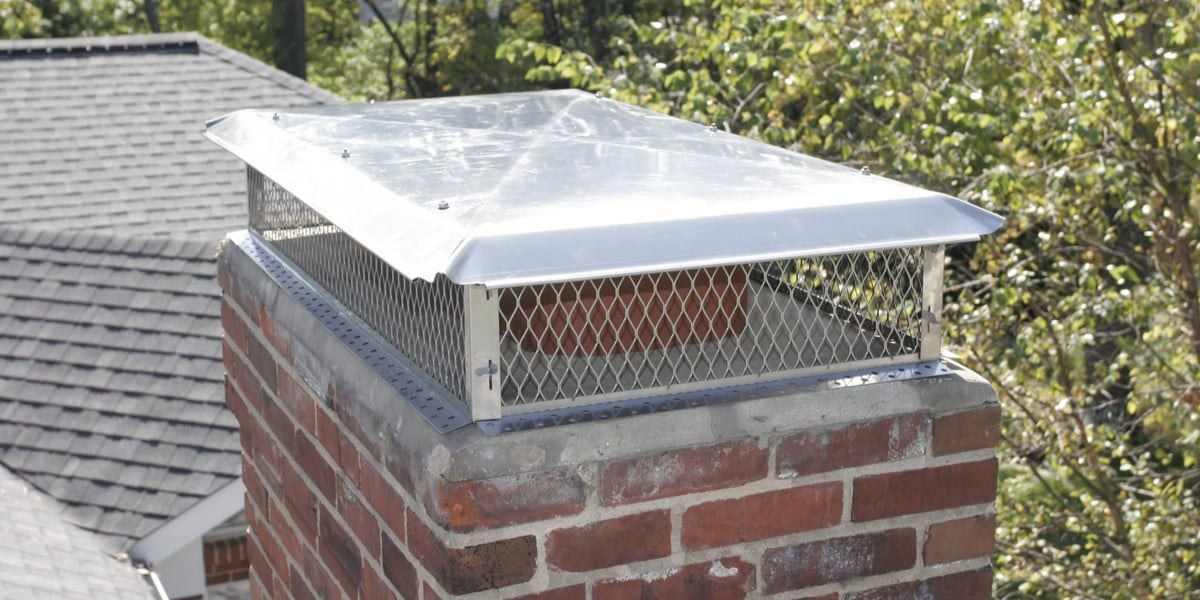
Exclusion caps are made exclusively to sit atop chimneys. There are two varieties of exclusion caps: chimney caps, and chimney guards. Chimney caps feature both a solid, metal top that keeps snow and rain out of your fireplace and mesh sides that still allow smoke and gasses to vent out as logs burn.
Exclusion guards are basically the same, but instead of a solid, metal top, they feature a mesh top (and mesh sides). These guards are typically used in areas with low precipitation that require spark arresting, a process in which the tight mesh “catches” sparks to prevent them from floating away into dry vegetation, potentially causing wildfires.
Both chimney caps and chimney guards come with mesh patterns that are tight enough to keep out local animals (and, if the mesh is tight enough, bees and wasps). These caps are often bolted on, preventing animals from ripping them off and making a home in your chimney.
Exclusion Screens
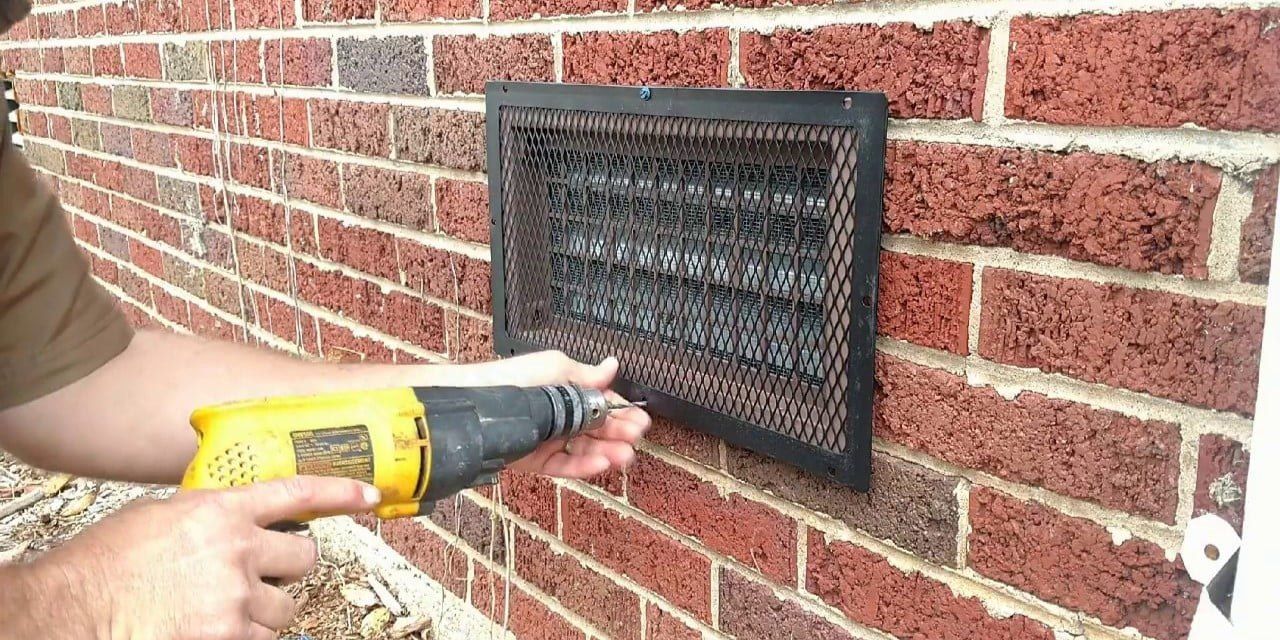
Exclusion screens are pretty straightforward: they come as a flat “sheet” with a solid, metal frame and a diamond mesh body. These screens go anywhere on your home that have a sizable opening — typically on a soffit or over an opening in the house’s foundation.
Like exclusion caps, exclusion screens are bolted into place, so curious animals won’t be able to rip them off and get inside. Depending on the tightness of the mesh, these screens can keep out decently sized insects, too.
Exclusion Guards
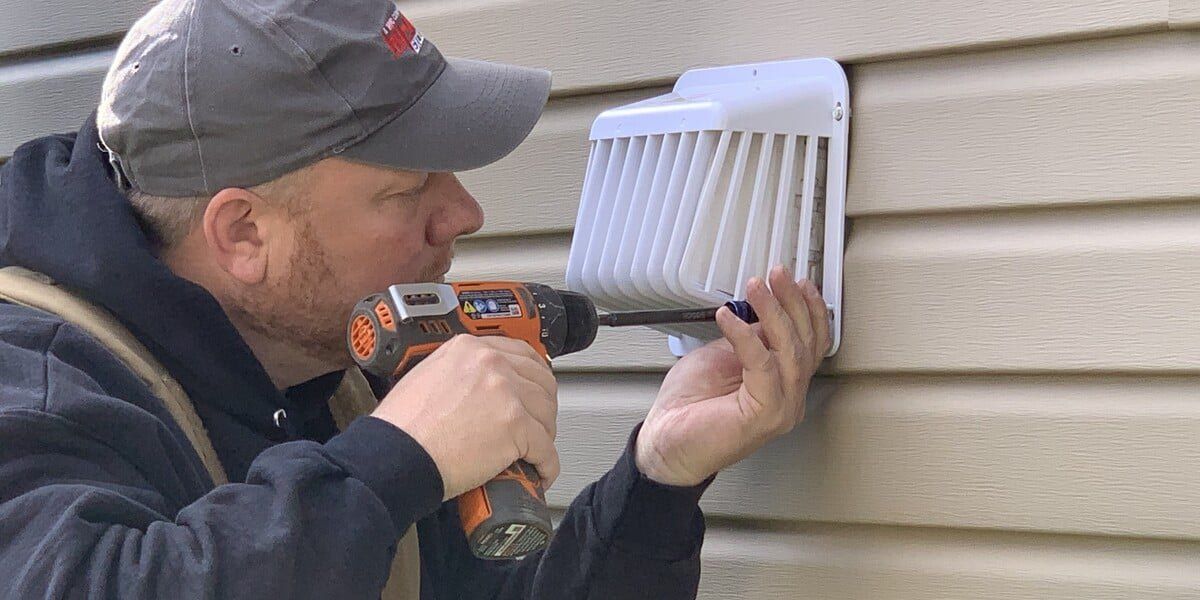
Finally, HY-GUARD EXCLUSION’s lineup also features a few different exclusion guards. These guards exist to cover vents from products that need to put out some kind of exhaust — products like dryers, fireplaces, or wood burning furnaces or stoves.
Exclusion guards are also bolted onto the house. They may be made from either plastic or metal. While metal is obviously stronger, even plastic guards are capable of withstanding the prying claws of a critter. A tight-meshed guards can keep out small critters or large insects.
Where on Your House do HY-GUARD EXCLUSION Products Go?
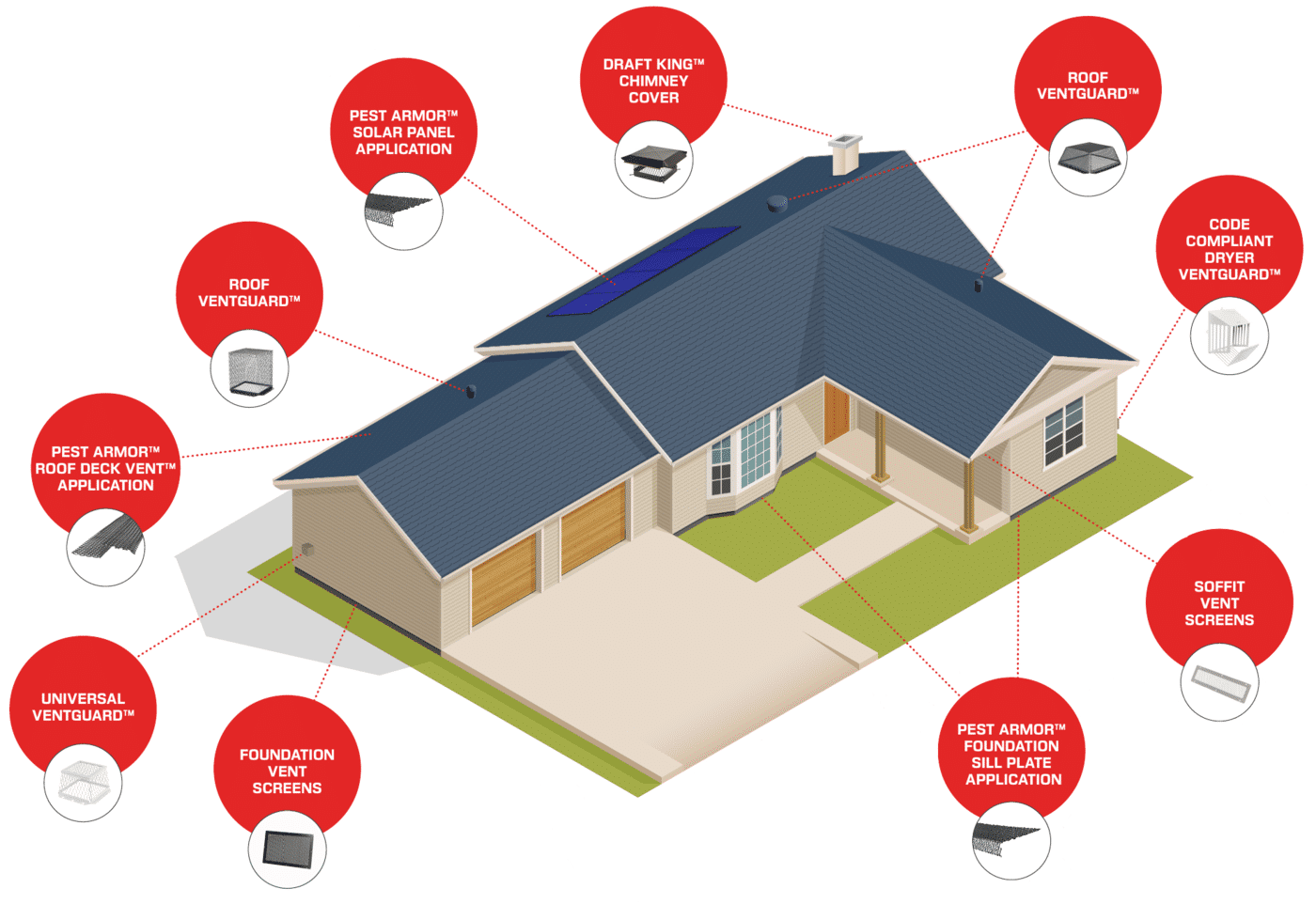
HY-GUARD EXCLUSION products quite literally cover everything from a home’s roof to its foundation. Whether the opening in the home exists for ventilation purposes or to service the exhaust needs of an appliance, there’s a cap, screen, or guard to cover it.
Chimneys
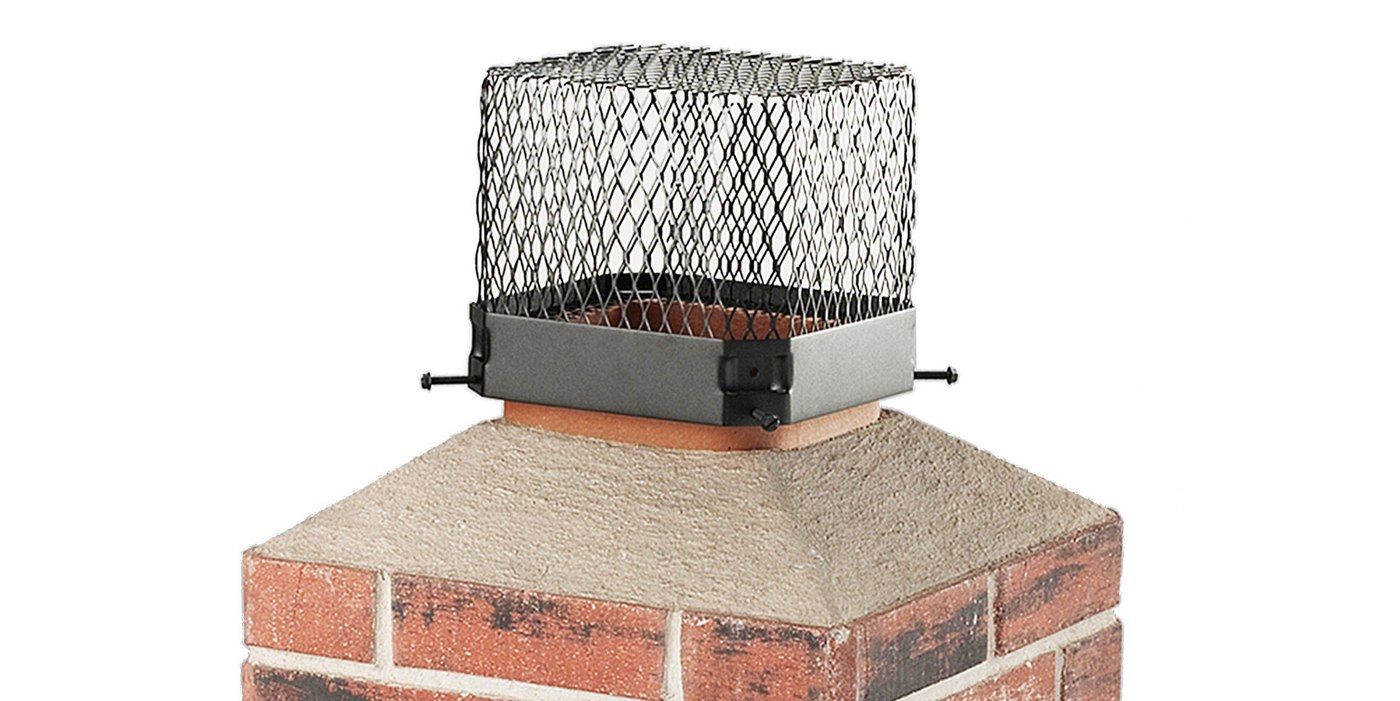
Starting at the highest point on the home, exclusion caps and guards are bolted onto chimney flues to keep animals out. While there are technically no chimney caps or guards under the HY-GUARD EXCLUSION name, other HY-C brands (like Shelter and Draft King) make chimney products engineered for wildlife control.
Roof Vents
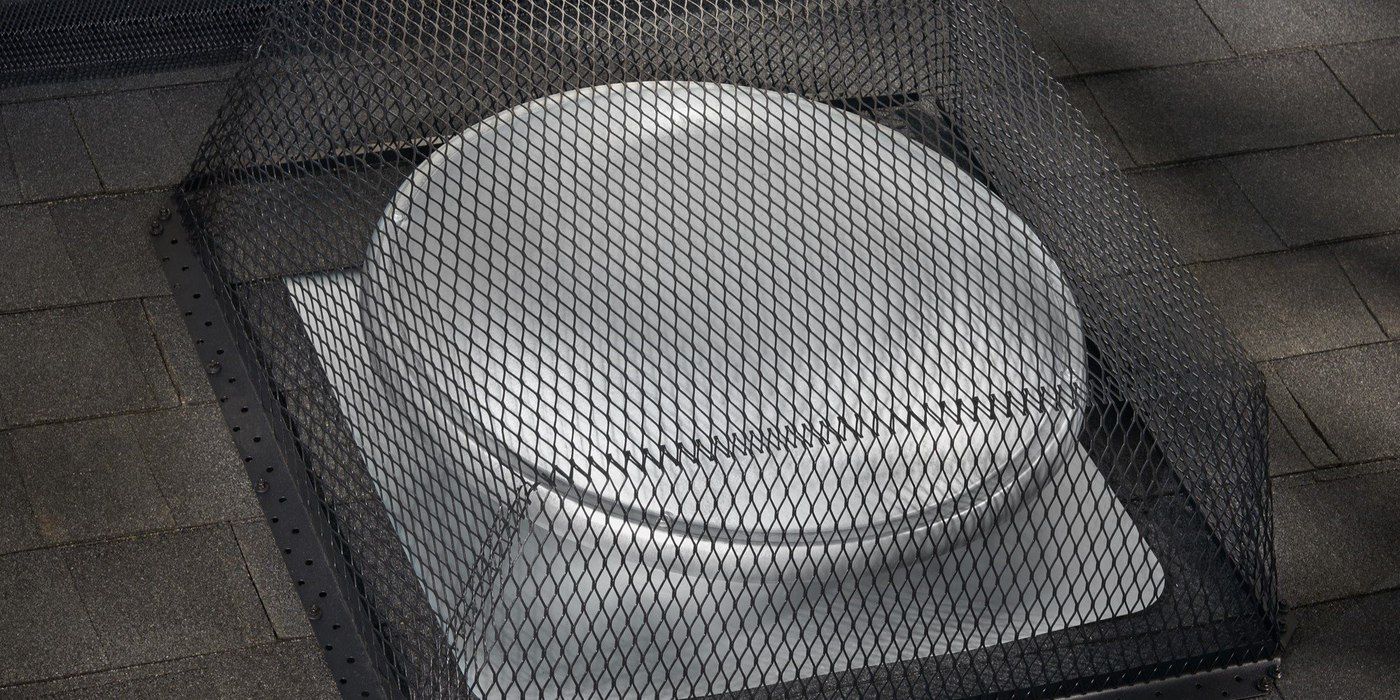
Staying near the top of the house, HY-GUARD EXCLUSION manufactures an entire line of roof vent guards. The vents themselves allow air to circulate through a home’s attic while the guard keeps birds or dexterous mammals from getting into the attic and building their nests.
These roof vent guards are designed with swooping angles to look architecturally pleasing. They also come with pre-cut holes to accommodate screws that go directly into the roof’s shingles so the vent guard stays securely in place.
Soffits
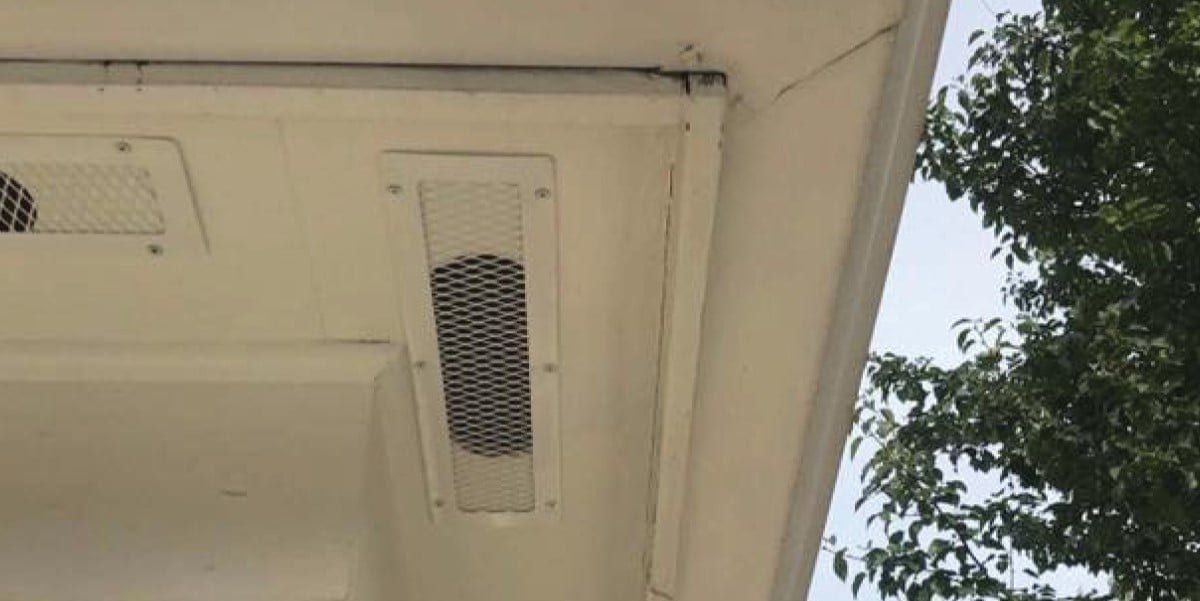
Plenty of critters (especially raccoons) love to make their homes in soffits. Many soffits come with a layer of hardware cloth built in, but most animals have no trouble ripping off this flimsy mesh and climbing through to set up camp. HY-GUARD EXCLUSION’s soffit vent covers are made from galvanized steel, which is significantly harder for animals to gnaw or claw through.
Dryer Vents
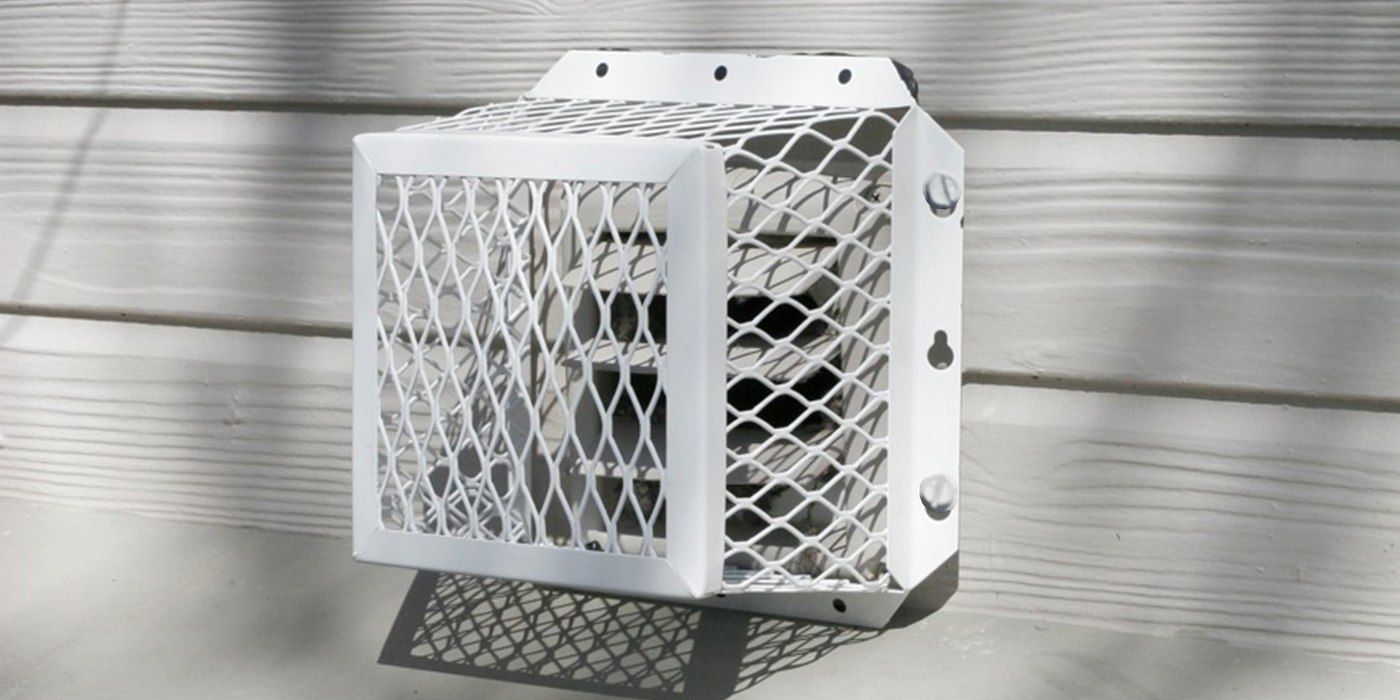
The majority of vents that appear on the side of the house are dryer vents, and animals can get into them quite easily. HY-GUARD EXCLUSION’s dryer vent covers come either with diamond mesh or code-compliant, vertical bars to keep local animals out of your dryer vent hose.
Foundations
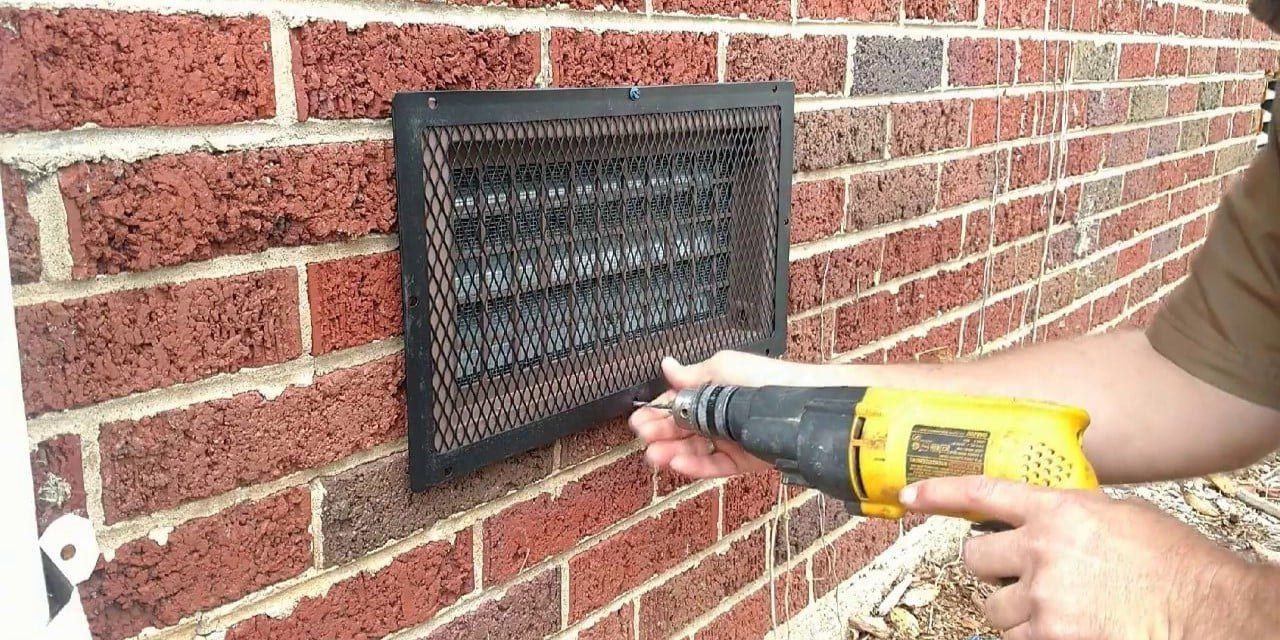
It’s important for an attic to breathe, and it’s important for a basement to breathe, too. To prevent stale air from gathering at the base of a home, some houses come equipped with foundation vents to promote circulation.
These areas are very vulnerable to bugs and critters, and HY-GUARD EXCLUSION’s foundation vent guards keep these intrusions out while still allowing airflow into the basement.
What Kinds of Wildlife do HY-GUARD EXCLUSION Products Exclude?
HY-GUARD EXCLUSION’s caps, screens, and guards are designed to keep out a large range of animals and insects based on the biodiversity of your local environment. The vast majority of the products are made with stainless steel mesh, and the size of each product’s mesh helps to determine what kind of animals or insects it will exclude from your home.
⅝” Mesh
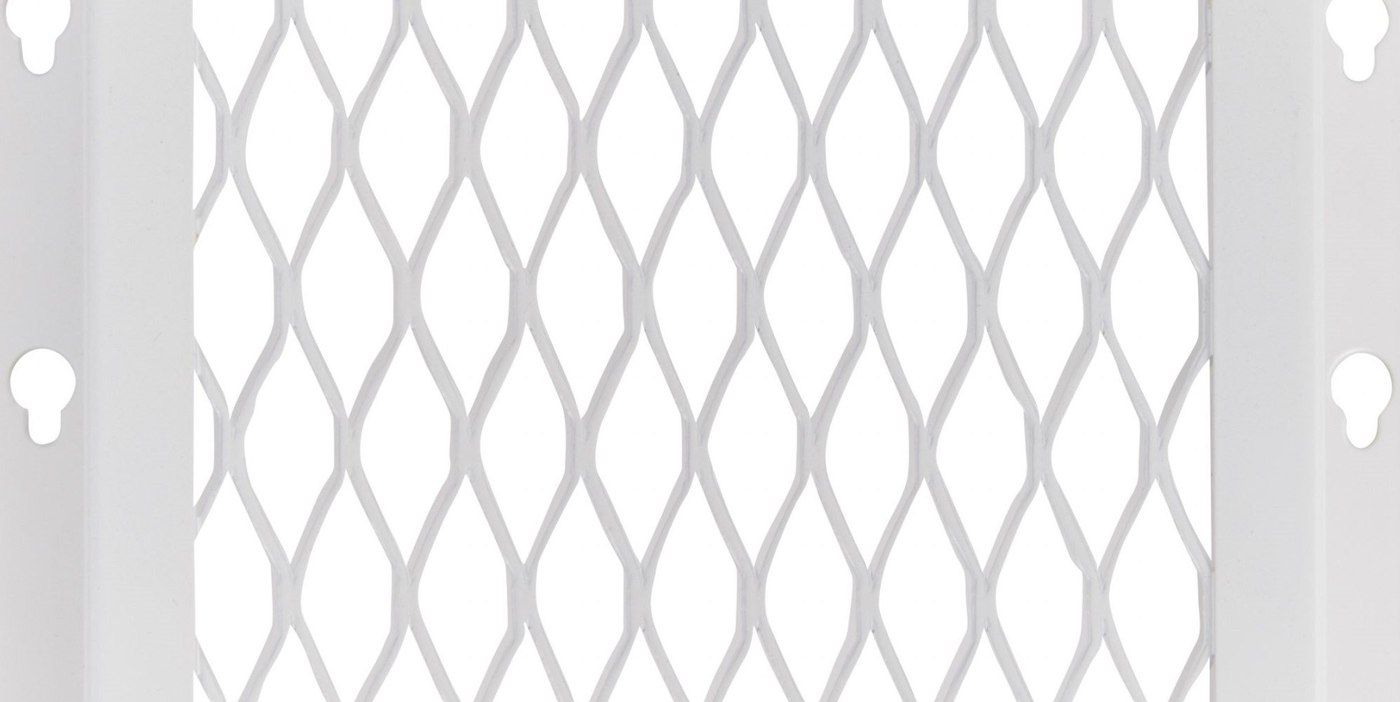
The widest HY-GUARD EXCLUSION mesh option, ⅝” mesh will keep out larger intrusive animals. Some of the most commonly excluded are:
- Raccoons
- Opossums
- Squirrels
- Skunks
- Beavers
- Birds
It should be noted that bats and mice are not on this list. While ⅝” diamond mesh should keep mice and bats out of your house in theory, in practice, animals are sometimes determined to squeeze through tight spaces. At the end of the day, it is theoretically possible for a bat or a mouse to get through ⅝” diamond mesh.
⅜” Mesh
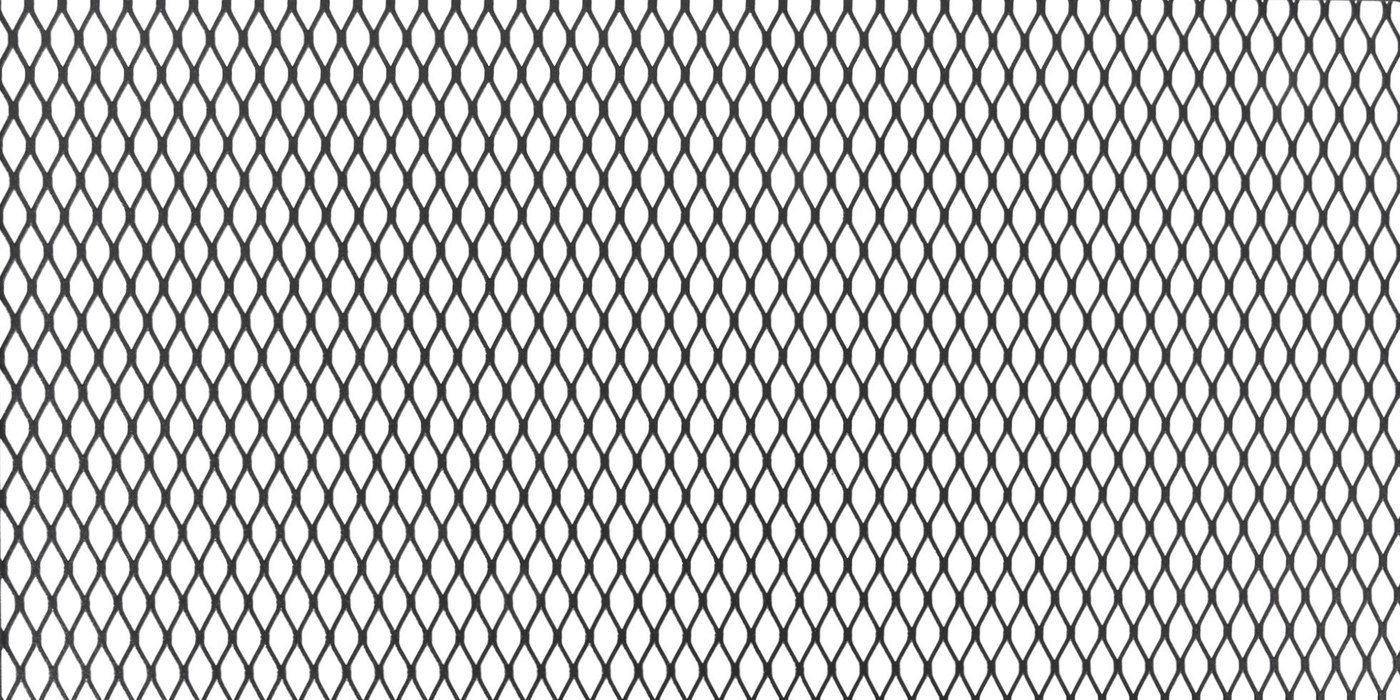
The next-tightest mesh option, ⅜” mesh represents the threshold at which mice and bats can no longer get in (but insects still can). This mesh size is commonly designed to keep out:
- Mice
- Bats
- Raccoons
- Opossums
- Squirrels
- Skunks
- Beavers
- Birds
¼” Mesh
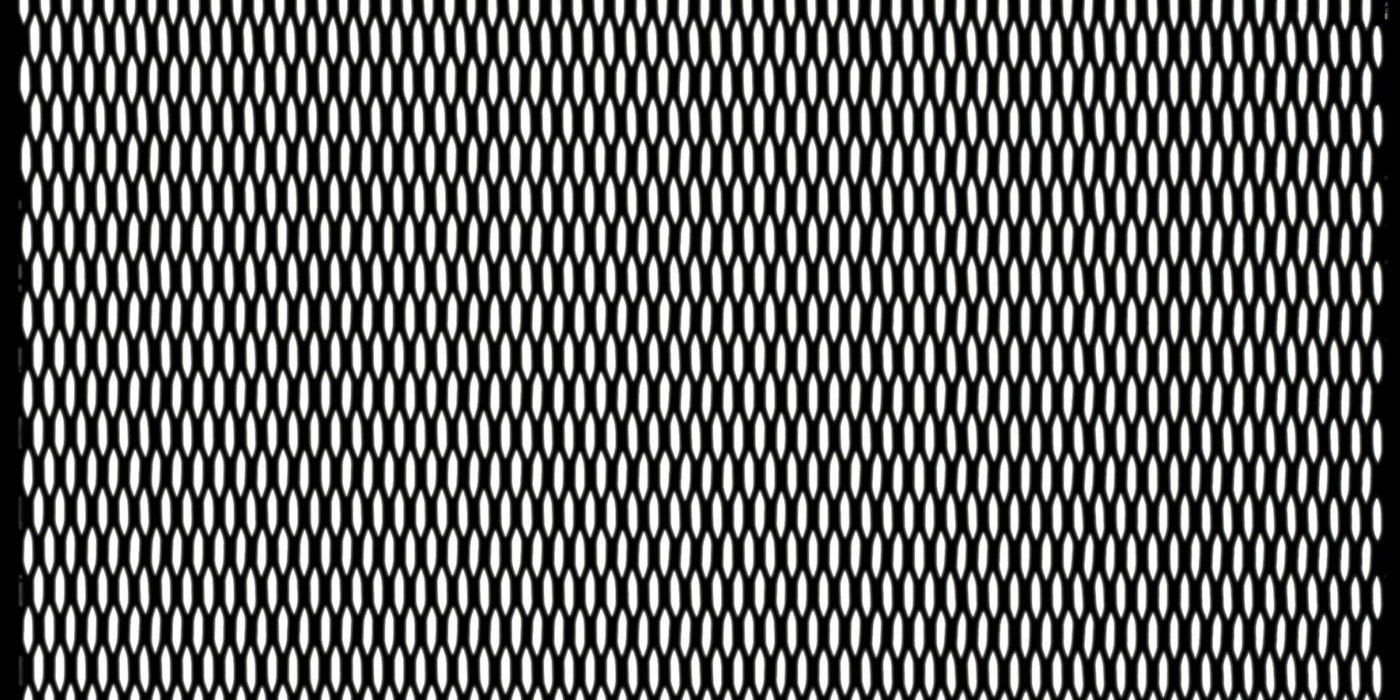
Finally, at just 0.25” in length, this mesh size is engineered to exclude all the critters listed above (and other similarly sized animals) plus medium to large-sized insects. Some of the most common insects kept out by ¼” mesh include:
- Bees
- Wasps
- Yellow jackets
- Stink bugs
Keep in mind that while ¼” mesh does keep out some bigger invasive insects, smaller ones (like ants) can still make their way through the cracks.
Are HY-GUARD EXCLUSION Products Right for You?
Before now, you may not have even known about some of the spaces on your home that were vulnerable to insects and animals. After reading this, you may feel compelled to take a peek at your dryer vent, or to glance up at your soffit to see if it has any vents.
Depending on what you find, you may decide you want some exclusion screens or guards. After all, wildlife control products are designed to be preventative, keeping a bat colony out of your attic or a stink bug infestation out of your basement before it can even begin.
If you decide you want to keep animals and insects out of your house with wildlife control products, your next step should be to contact a wildlife control professional — they’re qualified and licensed to install products like HY-GUARD EXCLUSION.
Keep the ventilation spots we mentioned in mind — spaces like chimney openings, roof vents, soffit openings, dryer vents, and foundation vents. Ask a professional which of these are present on your home, and ask them to find the appropriate screens and guards to cover up these vulnerabilities.
After the installation is complete, you’ll be left with peace of mind and a clean, well-ventilated home that’s set up to minimize pest invasion and maximize comfort.
Louis earned a bachelor's degree in English with a focus in rhetoric and composition from St. Louis University in 2017. He has worked in marketing as a content writer for over 5 years. Currently, he oversees the HY-C Learning Center, helping HY-C subject matter experts to share their decades of home solution products experience with homeowners and sales partners across the country.
Topics:



